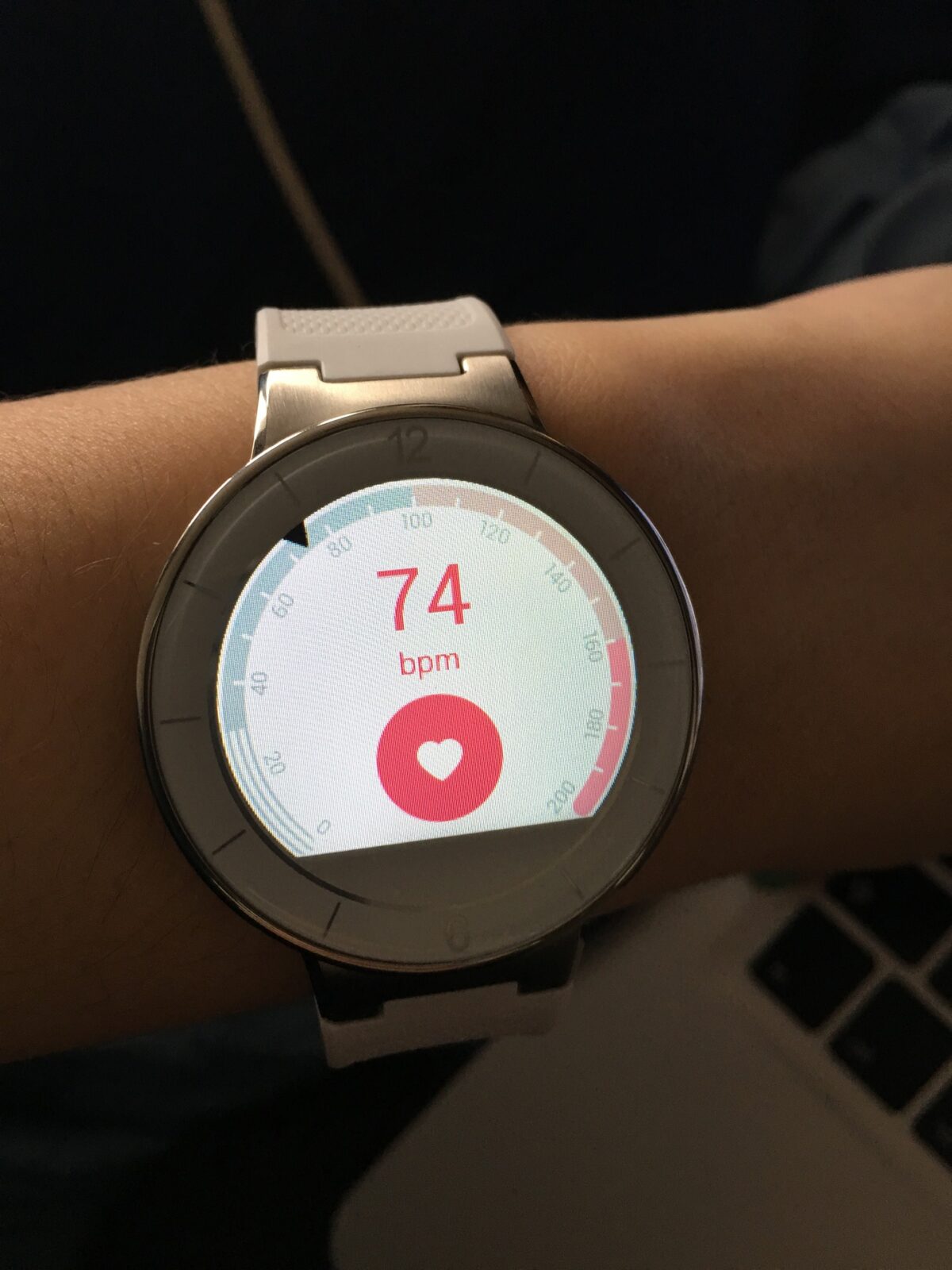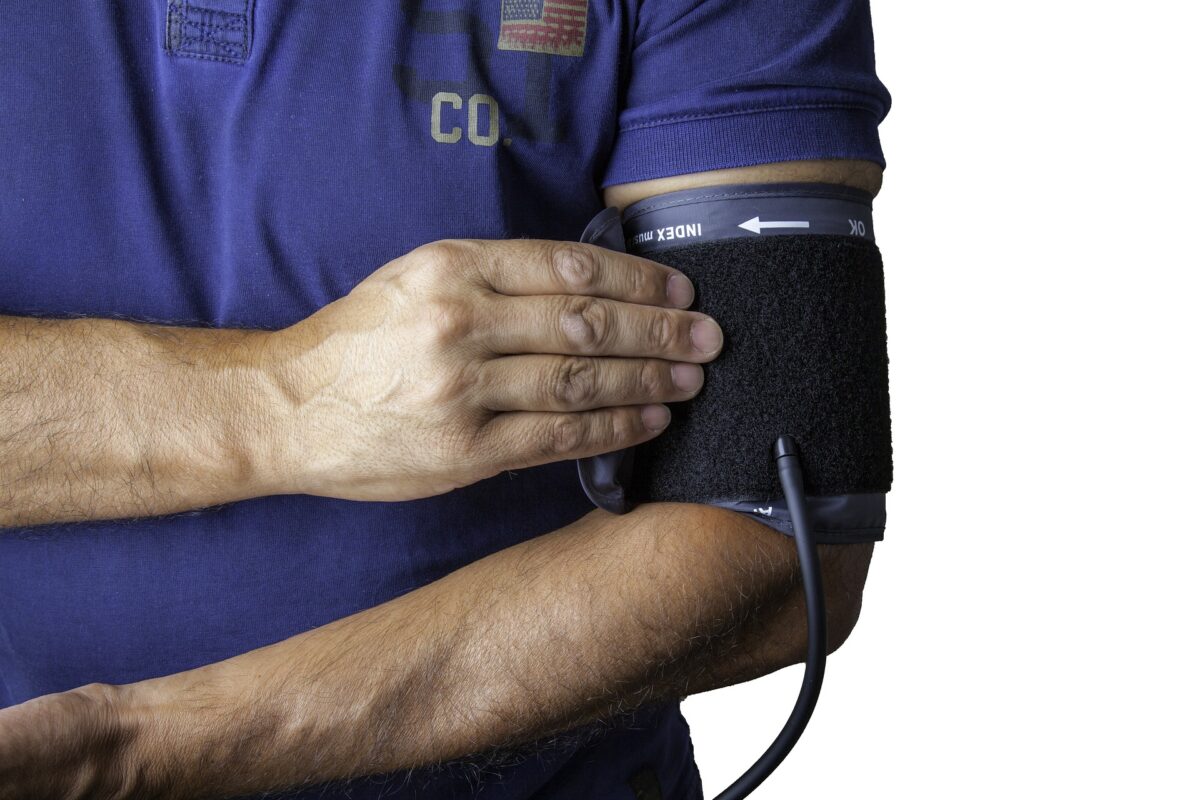Embarking on a fitness journey involves making a multitude of decisions, with one of the most important being the type of workouts to integrate into your routine. For many, the question isn’t about whether to work out but rather the approach to take: do you focus on building endurance or increasing power? In a world brimming with exercise options, understanding which route aligns with your goals and physiology is critical.
In this comprehensive guide, we’ll explore the finer points of endurance and power workouts, aiding you in the quest to enhance your fitness and maximize your health. This is no one-size-fits-all scenario; ultimate success lies in tailored routines that resonate with your body and ambitions. Whether you’re a gym aficionado, a cardio enthusiast, or a rookie ready to break a sweat, this guide is your roadmap to making informed fitness choices.
Understanding Endurance Workouts
Endurance, the bedrock of aerobic fitness, is about the long haul. It entails activities that challenge your cardiovascular system over an extended period, improving your body’s ability to deliver oxygen and nutrients to tissues. The benefits extend beyond the gym, boosting heart health and fostering a sense of stamina in everyday life.
The Endurance Regimen
Endurance workouts, often dubbed ‘cardio,’ include activities like running, swimming, cycling, and even dancing at a brisk, consistent rate. The aim is to maintain an elevated heart rate for the entire duration of the exercise.
Why Choose Endurance?
Endurance training is the cornerstone for those preparing for marathons or wanting to improve their general stamina. It’s also a powerful tool in weight management, burning a substantial amount of calories and encouraging fat utilization for energy.

Understanding Power Workouts
Power training, on the other hand, is about quick bursts of strength and speed. Referred to as anaerobic exercises, power workouts focus on short, intense actions that build muscle strength and size.
The Power Principle
Incorporating plyometrics, sprints, and weightlifting in your routine, power exercises push your muscles to generate force at maximum or near-maximum levels in a controlled manner.
Why Choose Power?
Opting for power workouts can lead to functional benefits including improved balance, agility, and coordination. Athletes, in particular, rely on power training to enhance their explosiveness and performance in sports where agility is key.

Factors to Consider
As you deliberate between endurance and power, it’s essential to weigh various factors that can sway your decision one way or the other.
Fitness Objectives
What are you hoping to achieve? Weight loss might lean toward endurance, while muscle gain could favour power. Tailor your decision to your overarching goals.
Personal Preferences
Do you relish the meditative rhythm of a long-distance run, or are you drawn to the challenge of heavy lifting? Enjoyment is a potent motivator in sustaining a fitness routine.
Health and Injuries
Your current health status and any past injuries should be considered. Endurance exercises are typically lower impact, making them a safer bet for those with joint issues.
How to Decide
Making the choice between endurance and power is largely an individual one. Here are some ways to help you reach a decision:
Fitness Assessment
Conducting a self-assessment of your current strength and cardiovascular abilities can point you towards which area needs the most attention.
Seek Professional Advice
Trainers and fitness professionals can offer personalized guidance that accounts for your body’s specific needs and limitations.
Trial and Error
Sometimes, the best way to know what works for you is to try both types of workouts and assess how your body responds to each.
Tips for Maximizing Results
Once you’ve chosen a path — or perhaps, a blend of both — here’s how to get the most out of your chosen workout philosophy:
Balance is Key
Ideally, your fitness routine should strike a balance between endurance and power to maintain a well-rounded approach.
Progressive Overload
Whichever regimen you commit to, it’s crucial to gradually increase the difficulty to continue seeing improvements and avoid plateaus.
Listen to Your Body
Adaptive training is successful training. Keep an ear out for what your body is telling you. If recovery is slow, it may be time to dial back intensity.
Conclusion
The battle of endurance versus power is not a battle at all; it is a continuum that serves different purposes for different people. Endurance and power aren’t mutually exclusive categories; in fact, blending both in appropriate ratios can provide an ideal platform for reaching diverse fitness objectives. Take the expertise from this guide, align it with your ambitions, and set forth on a fitness journey that’s not just productive, but also deeply fulfilling. Remember, the journey to fitness is continuous, and the path you choose today can — and likely will — evolve with you.











